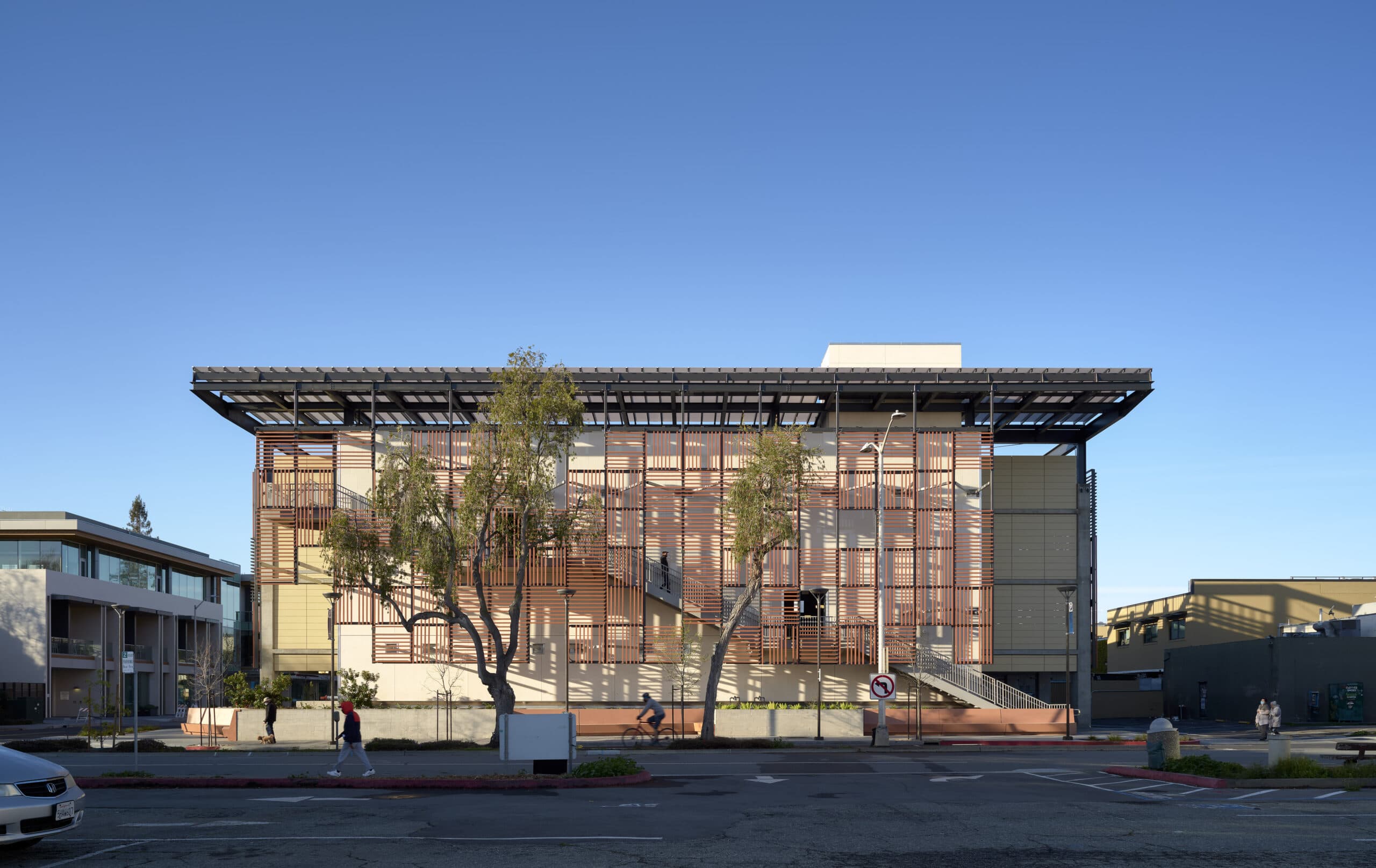Understanding the Parking Lifecycle
By Matt Davis

We often think of structured parking as a process that begins with design and ends with the opening of a new facility. However, the parking lifecycle starts at the earliest planning stages of a project, whether expanding a campus, designing an entirely new development, or redeveloping an existing area. Once the facility is complete, proper care and maintenance can significantly improve the user experience, extend its life and reduce future retrofit and repair costs.
Understanding the full parking lifecycle not only helps owners integrate parking more effectively, but also make the most out of that investment.
Stage 1: Early Planning: As parking is often a key driver in determining the success and size of a larger project, establishing how much parking is needed, where it should be located and how much it will cost can dramatically affect the overall design. Addressing these questions in early planning through feasibility and shared parking analysis helps avoid complications and can save time and money during the design and construction process.
Stage 2: Parking Design: Ensuring the parking facility you envision meets your needs and those of its users involves a number of design considerations. In addition to ramping floor plates, traffic considerations, openness considerations and pedestrian safety, parking can pose a number of unique challenges, including meeting sustainable design goals, accommodating electric vehicle charging and designing for mechanical and automated parking systems.
Stage 3: Ongoing Maintenance: Protecting your parking investment with proper care and maintenance not only extends the facility’s lifespan and reduces future retrofit and repair costs, but also ensures the user experience continues to provide that valuable positive first impression. Developing both short and long-term maintenance and improvement plans can maximize the lifespan of your parking structure.
Parking is a significant investment. Therefore, whether designing for a campus, mixed-use development, higher education, municipal downtown or multi-modal hub, being mindful of parking’s role throughout the lifecycle of early planning, design and construction and ongoing maintenance can help you get the most out of it.
Matt Davis is a principal at Watry Design, Inc. and a member of IPMI’s Planning, Design, and Construction Committee.
